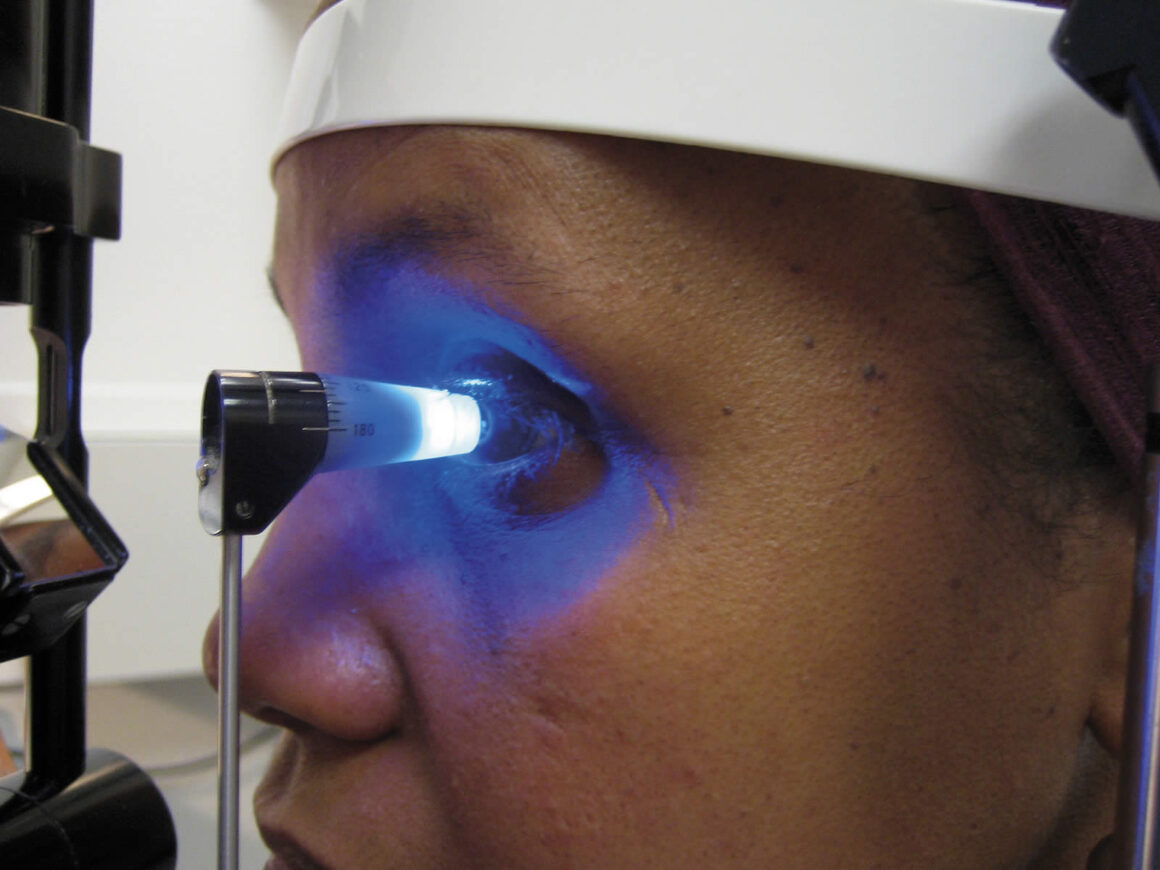Glaucoma is a condition that affects the optic nerve, which is responsible for transmitting visual information from the eye to the brain. In most cases, glaucoma is caused by increased pressure within the eye, known as intraocular pressure. This pressure can damage the optic nerve over time, leading to gradual vision loss that may not be noticeable until it has progressed significantly.
There are several types of glaucoma, including:
- Open-angle glaucoma: This is the most common type of glaucoma, accounting for approximately 90% of cases. It occurs when the drainage canals in the eye become clogged over time, leading to increased intraocular pressure.
- Angle-closure glaucoma: This is a less common but more severe form of glaucoma. It occurs when the iris is pushed forward, blocking the drainage canals and causing a sudden increase in intraocular pressure. This can lead to rapid vision loss and requires immediate treatment.
- Normal-tension glaucoma: This is a form of glaucoma that occurs despite normal intraocular pressure levels. It is thought to be caused by reduced blood flow to the optic nerve.
Treatment for glaucoma usually involves lowering intraocular pressure to prevent further damage to the optic nerve. This may be achieved through the use of eye drops, oral medication, laser surgery, or traditional surgery. Treatment will depend on the type and severity of the glaucoma, as well as other individual factors such as age and overall health. Regular eye exams are important to detect glaucoma early and begin treatment before significant vision loss occurs.



